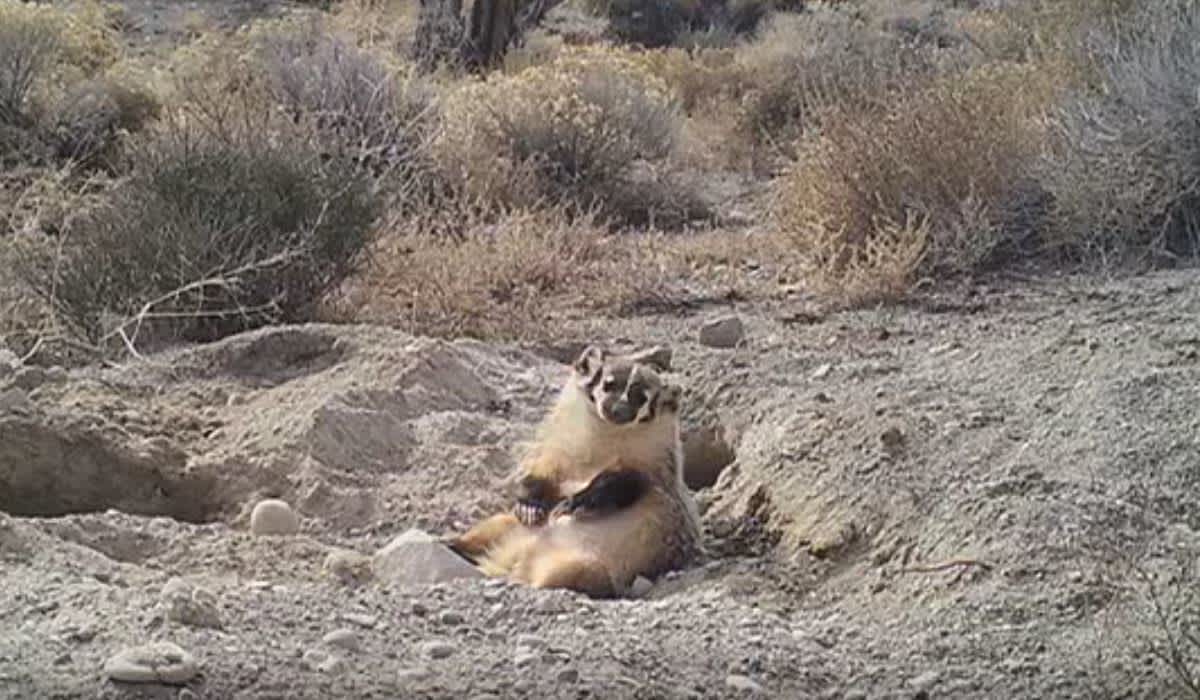Video: Badger Burying a Cow Shocks Scientists
OutdoorHub Reporters 04.05.17

This story begins with a cow that was part of a research experiment disappearing in the middle of Utah’s Great Basin Desert.
University of Utah researchers pointed cameras at seven different carcasses of 50-pound-plus cows in hopes of learning more about the behavior patterns of local scavengers. What they found was entirely unexpected and even more impressive . . .
Researcher Evan Buechley was checking on one of the seven sites set up by the University, and found no sign of a cow anywhere.
“First, my reaction was to be fairly disappointed,” he told The Two-Way. But then, he discovered the ground around the site had been disturbed.
When Evan watched the video, he was shocked and surprised.
The cow hadn’t gone missing at all. In fact, it laid right there, buried under the dirt thanks to the work of a very busy badger that had spent the last 5 days excavating the ground underneath the cow, ultimately burying an animal about four times its weight.
This is the first time an American badger has been seen burying an animal that is much larger than itself, the university researchers said in a press release.
What’s even more impressive is when Evan went to check on another carcass, he discovered that it too had been completely buried by a different badger. Evidently, this type of behavior isn’t uncommon for these animals.
The video below shows a time-lapse of the badger working day and night for 5 straight days. It then builds a den connected to the carcass for easy access to a fine meal.
As you can imagine, the badger didn’t surface much after all that hard work, plus it had its own underground buffet on which to feast.
While the behavior itself is striking, it also suggests badgers, which are quite common in North America, could be doing a lot more than we ever imagined as far as regulating diseases by burying dead animals.
“If a diseased cow, for example, dies out on the range, and it’s just sitting out in the sun and it’s rotting and there’s lots of flies in it, that could be a major disease vector,” Evan said. “But if that carcass within a couple of days of it dying is completely buried and effectively eliminated from that environment, where other cows are no longer going to come into contact with it, flies are not able to lay their maggots in it, etc., that could really be important for controlling infection and disease.”

